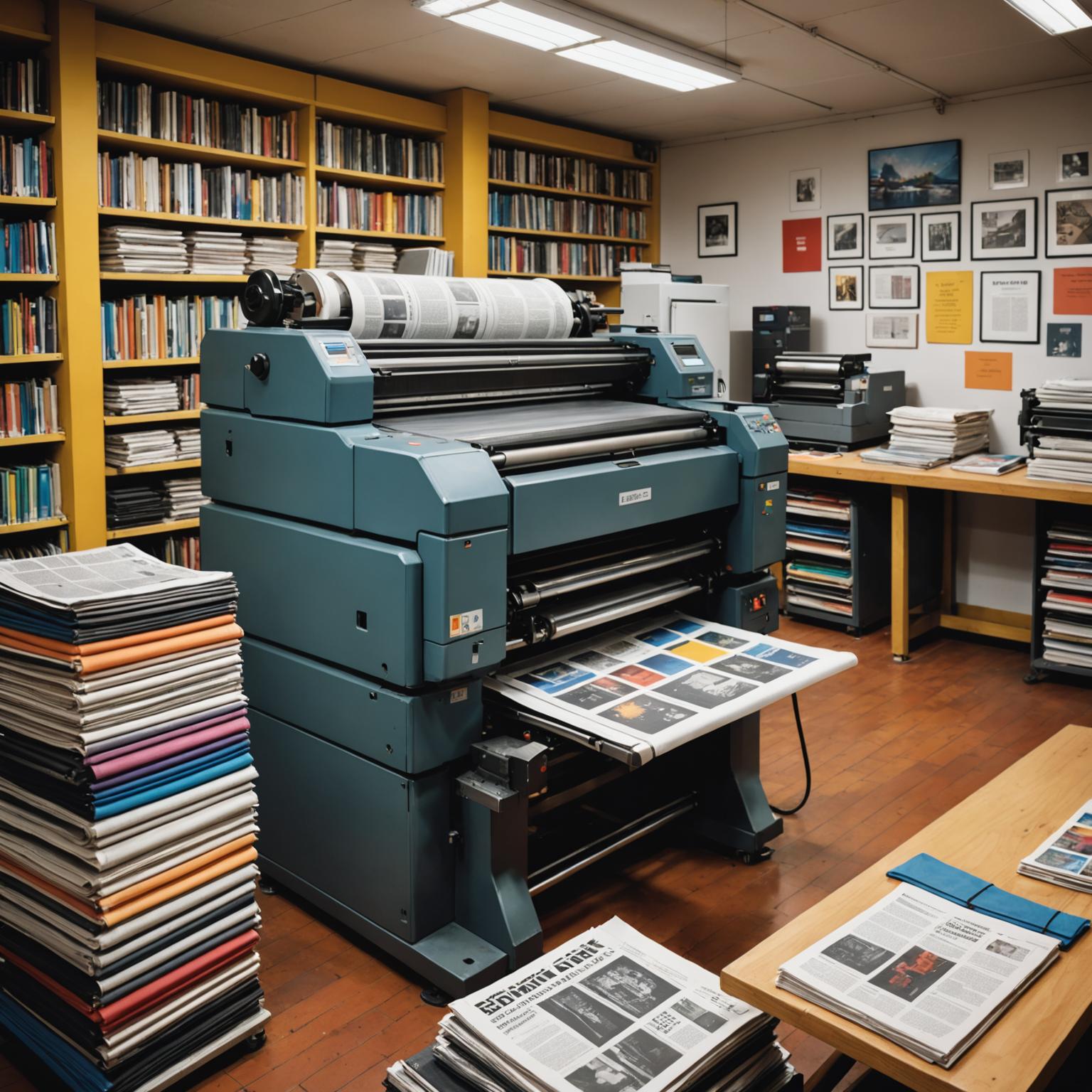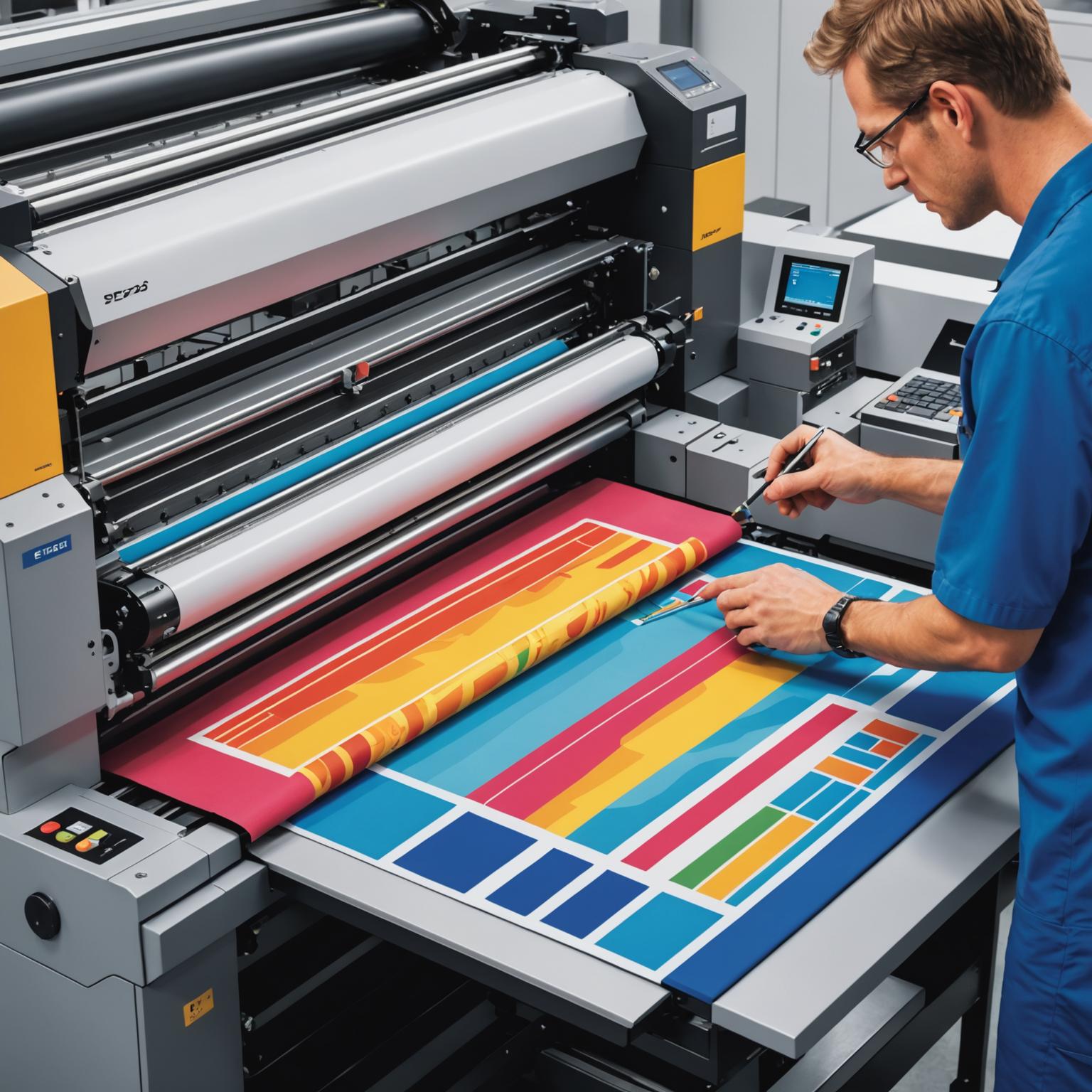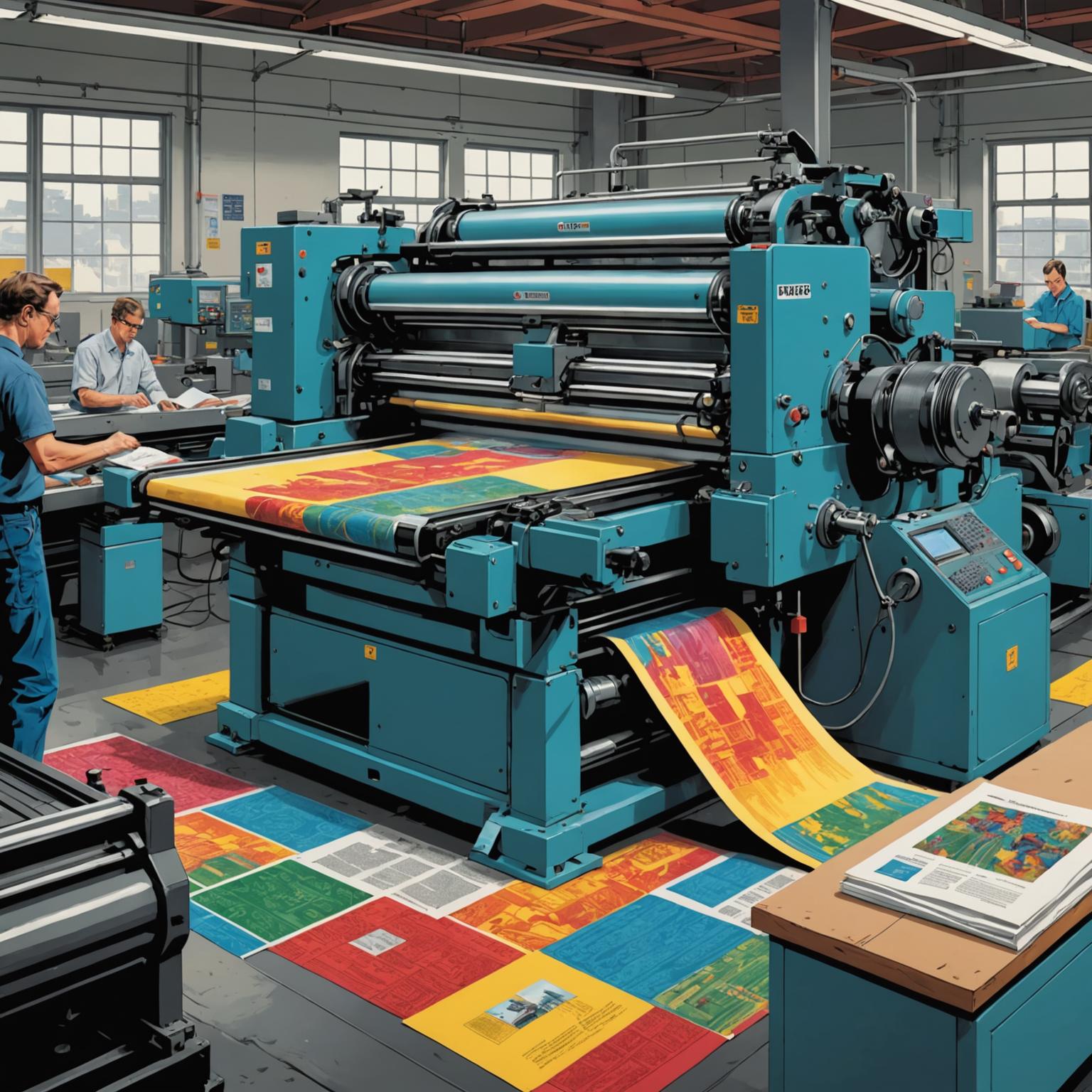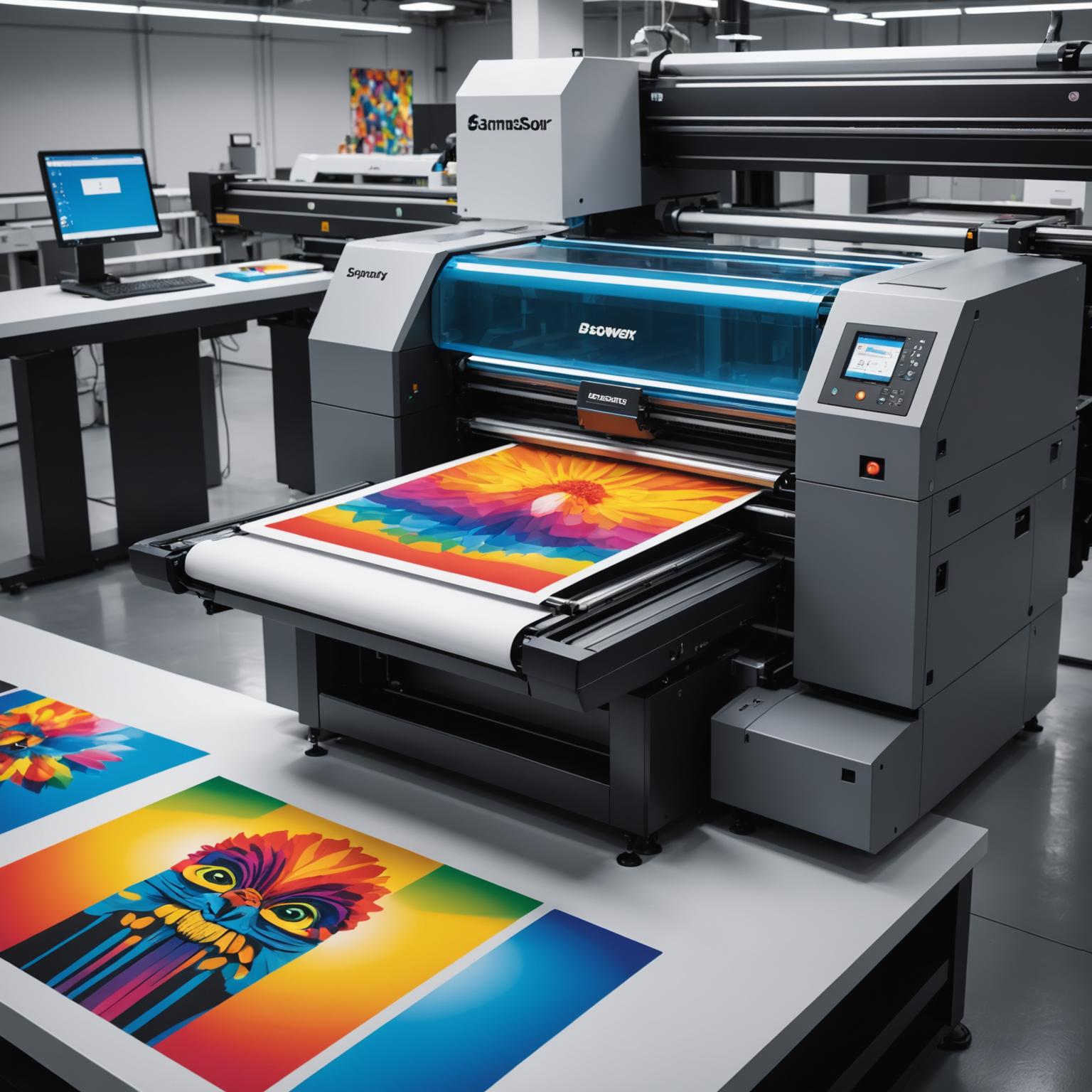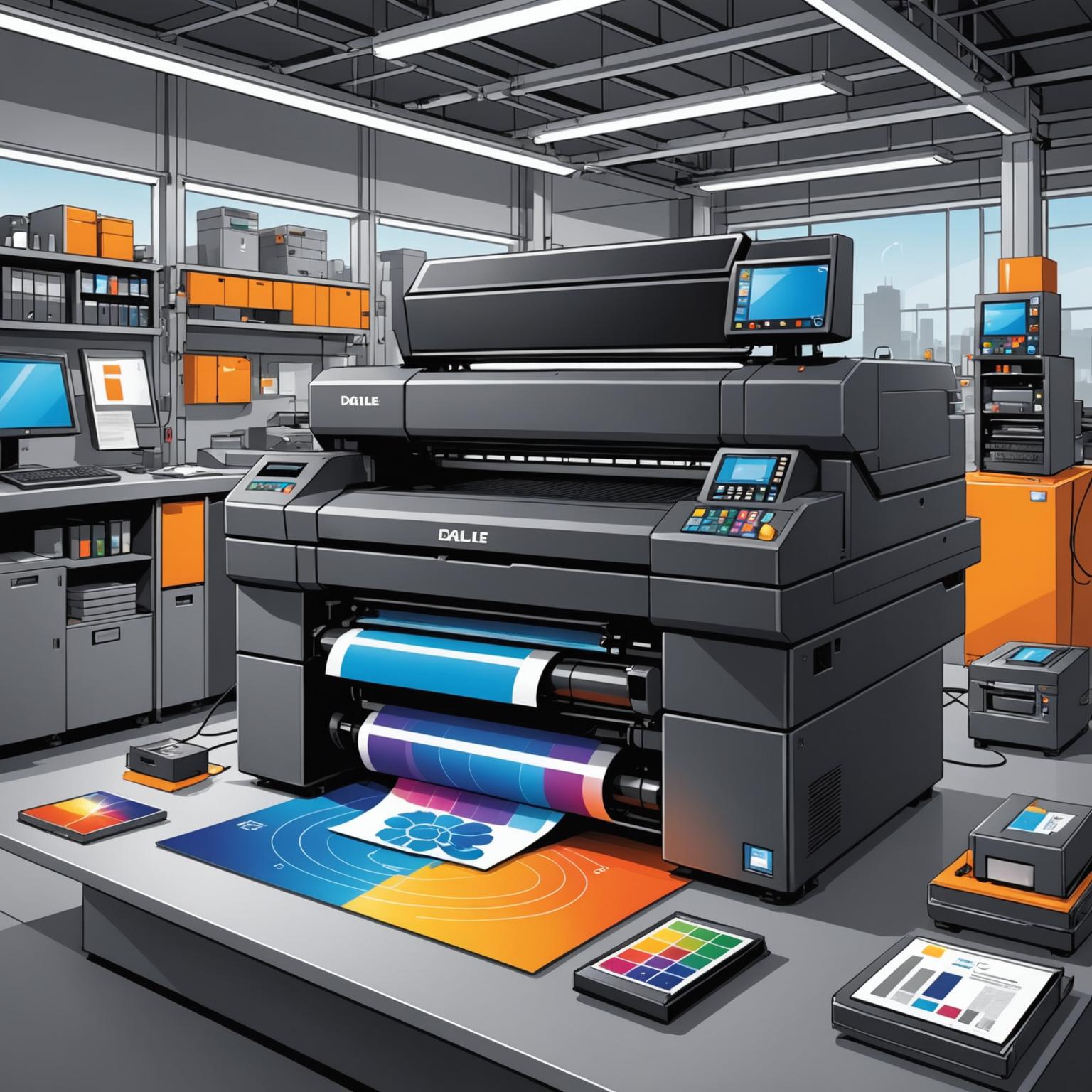The Unseen Power of Self-Adhesive Paper
Self-adhesive paper is a cornerstone of modern packaging, logistics, and product identification, serving as a versatile medium for countless applications. At its core, it consists of a face stock material (paper, film, or foil), a pressure-sensitive adhesive, and a release liner. This simple construction belies a complex technology that enables everything from basic shipping labels to highly specialized identifiers like a Special material application label. The adaptability of this material allows it to stick to a vast array of surfaces, providing information, branding, and tracking capabilities that are essential in today's fast-paced commercial environment.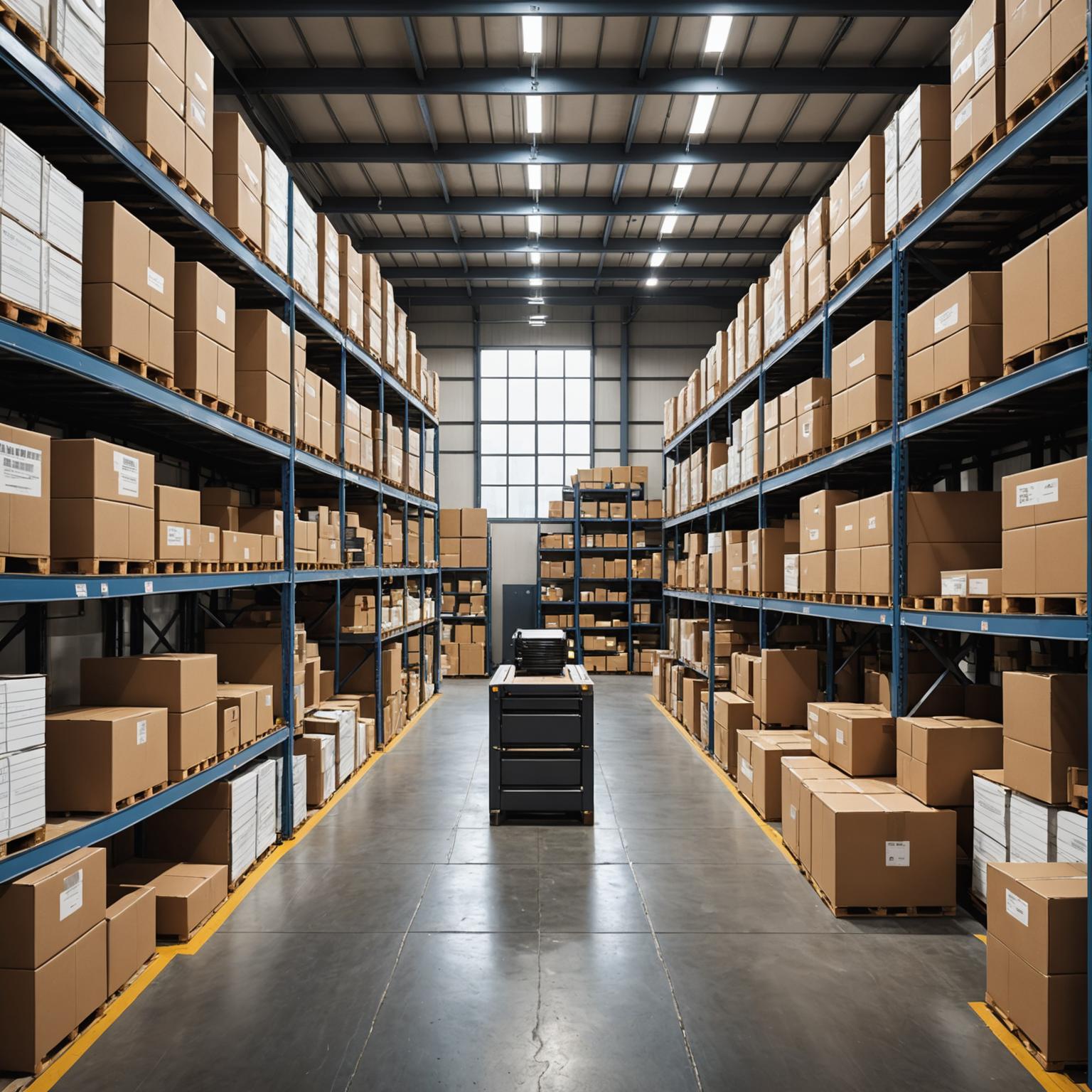
The Versatility of Special Material Application Labels
A Special material application label is a category that showcases the true potential of adhesive technology. These are not your standard paper labels; they are engineered solutions designed to perform under challenging conditions. The choice of face stock is critical. For instance, polyester (PET) labels offer exceptional durability, resistance to chemicals, and tolerance for high temperatures, making them ideal for electronics and industrial equipment. Vinyl labels provide flexibility and conformability for curved surfaces, while specialty papers might be used for premium products like wine bottles, where texture and aesthetic are key. The innovation extends to the adhesive, which must be formulated to bond securely to specific substrates, whether it's textured plastic, coated metal, or even frozen packaging. These labels ensure that critical information remains intact and legible throughout a product's lifecycle, regardless of environmental stressors.
A Closer Look at Tire Labels
Perhaps one of the most demanding applications is the Tire label. Creating a label that reliably adheres to the unique surface of a tire is a significant engineering feat. Tire surfaces are non-polar, have low surface energy, and are often covered in mold-release agents, all of which actively resist adhesion. To overcome this, a Tire label typically uses a very aggressive, high-tack rubber-based adhesive. Furthermore, the construction often includes a barrier layer, such as aluminum foil, laminated between the face stock and the adhesive. This barrier prevents plasticizers and other chemicals from the tire's rubber from migrating through the label and causing discoloration or adhesive failure. The label must be robust enough to withstand the abrasion and harsh conditions of shipping and storage, ensuring that barcodes and branding remain scannable and visible from the factory to the showroom floor.
The Adhesive Technology in Self-Adhesive Paper
The performance of any label ultimately depends on the science behind its adhesive. Self-adhesive paper utilizes pressure-sensitive adhesives (PSAs), which form a bond when pressure is applied. These adhesives can be broadly classified into permanent, removable, and repositionable types. A permanent adhesive creates a strong, lasting bond, intended to not be removed without damaging the label or the surface, as required for safety warnings or a Tire label. Removable adhesives, on the other hand, are designed to peel away cleanly without leaving residue, perfect for promotional stickers on new appliances or glassware. The formulation of these adhesives involves a delicate balance of tack (initial stickiness), cohesion (internal strength), and adhesion (the ultimate bond to the surface), all tailored to the specific end-use. This careful engineering is what makes self-adhesive technology so incredibly reliable and versatile across different industries.
Innovations and Future of Adhesive Labels
The world of adhesive labels is constantly evolving to meet new demands for functionality and sustainability. The push for environmental responsibility is driving the development of labels made from recycled materials, as well as biodegradable and compostable adhesives. Simultaneously, technology is being integrated directly into the labels themselves. The rise of 'smart labels' incorporating RFID (Radio Frequency Identification) or NFC (Near Field Communication) technology is transforming inventory management and consumer engagement. This allows for real-time tracking and provides a digital link between the physical product and online information. From the fundamental utility of Self-adhesive paper to the highly engineered resilience of a Special material application label, this technology continues to be an indispensable and innovative tool for communication and identification.


